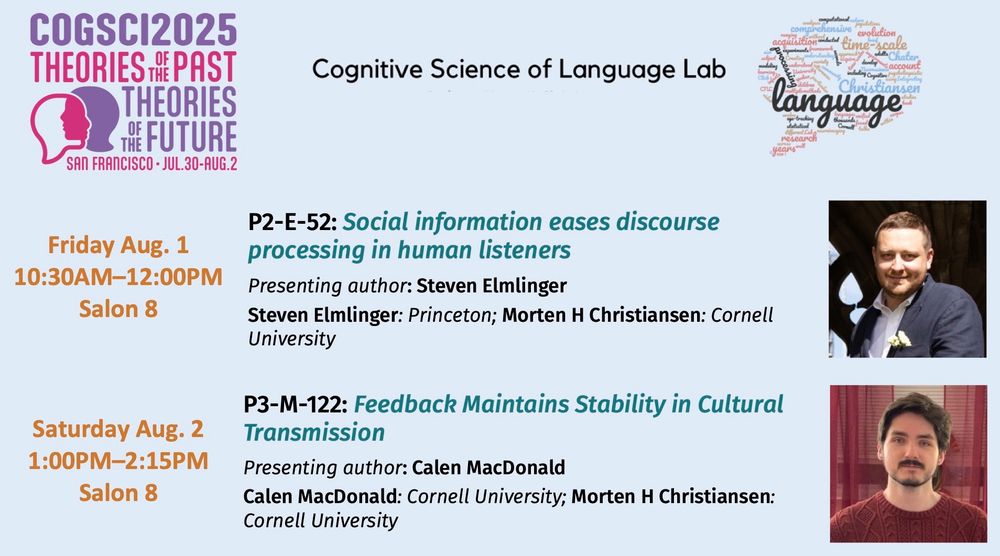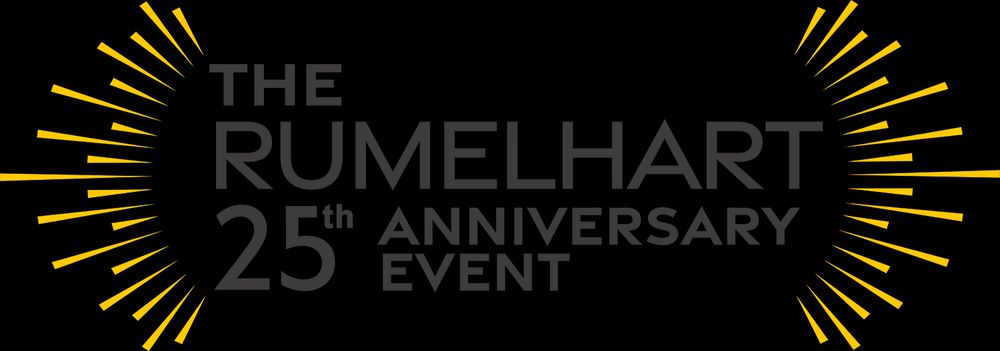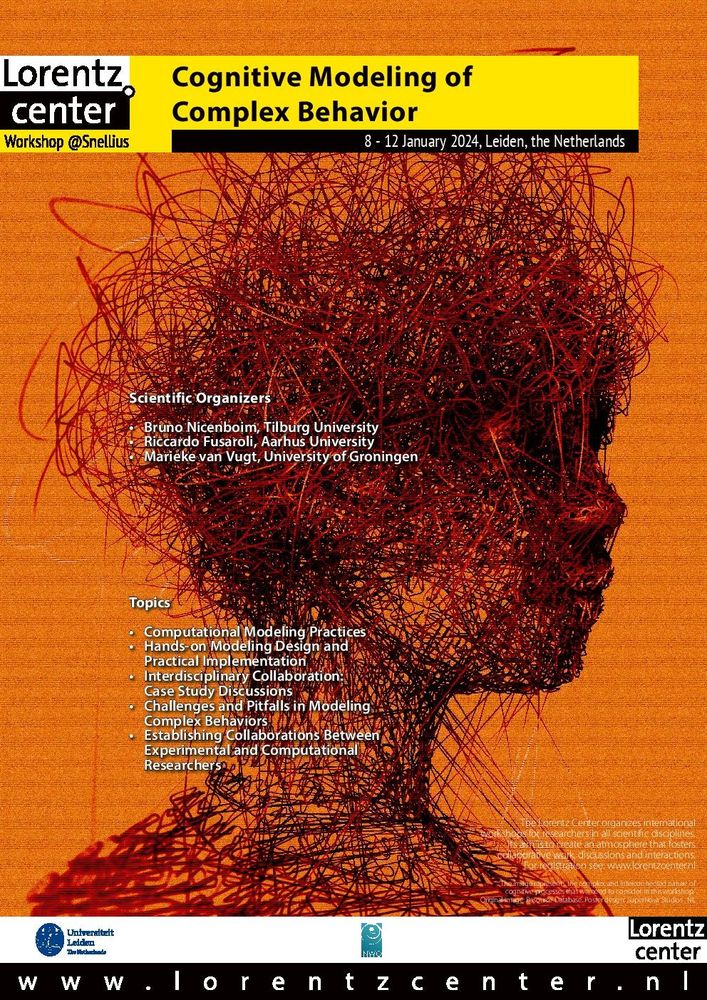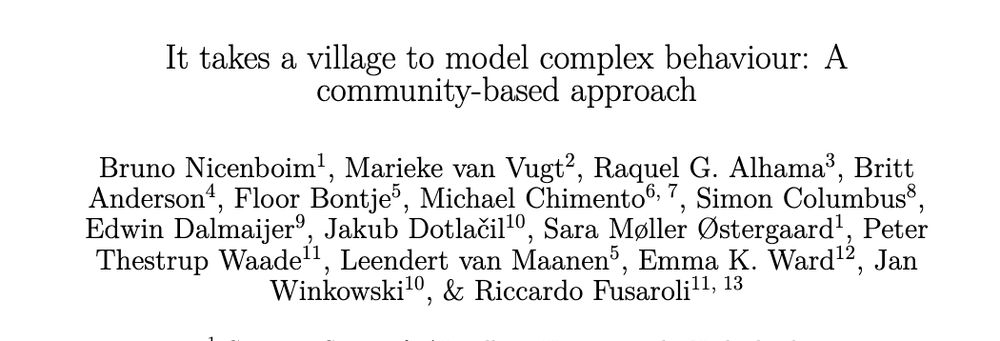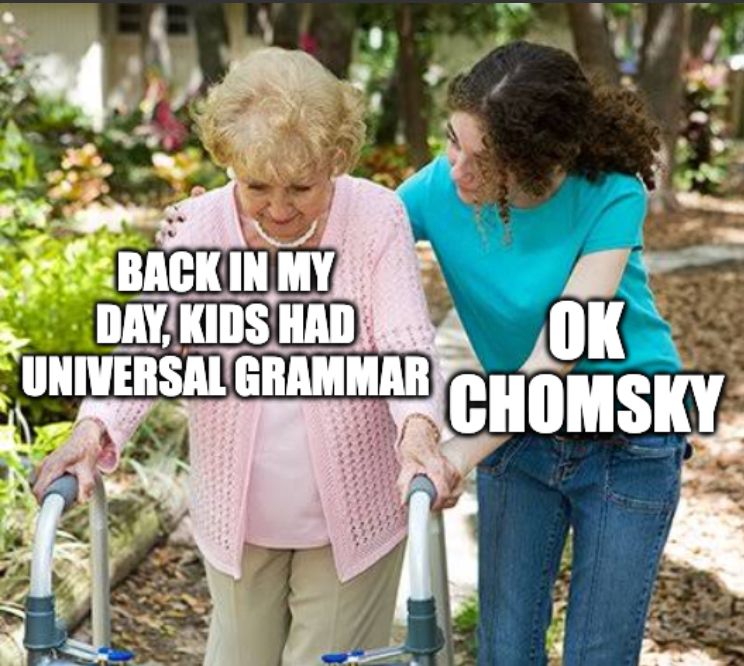Morten H. Christiansen
@mh-christiansen.bsky.social
1.4K followers
230 following
45 posts
Cognitive scientist interested in the processing, acquisition and evolution of language; statistical learning; computational modeling.
Lab website: https://csl-lab.psych.cornell.edu
Posts
Media
Videos
Starter Packs
Pinned
Reposted by Morten H. Christiansen
BogaertsLab
@bogaertslab.bsky.social
· Aug 12
Reposted by Morten H. Christiansen
Reposted by Morten H. Christiansen
Reposted by Morten H. Christiansen
Reposted by Morten H. Christiansen

